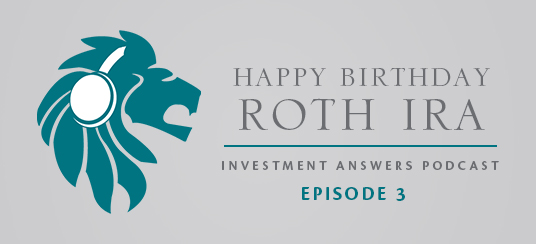The Sandwich Generation. You may have never heard of it, but we bet you know someone who has experienced it. The Sandwich Generation is defined by the circumstance of financially and physically providing care for a someone older than them (typically a parent, grandparent, older spouse, or an older family member) while at the same time providing financial, physical or emotional care for a someone that’s younger than them (typically a grown child, a grandchild, or a younger sibling).
In this podcast, we discuss at length ways to help prevent the very serious challenges of being sandwiched financially, emotionally, and sometimes even physically by your family and loved ones.
Are you a caregiver? Are you age 40-59? Do you have children? Are your parents still alive? You don’t want to miss this one. We’re talking to you.
(7.25.18)
Recommended Resources:
To learn more, find us online: investmentanswers.net/
Articles Referenced
The information provided is intended for educational and entertainment purposes only. All information is believed to be from reliable sources; however, no representation or warranties are made as to the completeness, accuracy or suitability of the information. Opinions, rules, regulations and applicable laws expressed are subject to change. Nothing in this document, nor any contents contained within should be considered as a personalized offer of any kind, nor constituting financial, investment, insurance, tax, or legal advice. Investment advisory services offered through Investment Answers Capital, LLC, a Registered Investment Adviser domiciled in the state of Kentucky, and appropriately registered in all states in which it conducts business. Insurance services are offered separately through Brookstone Financial, LLC d/b/a Investment Answers, an affiliated but separate entity. All investments involve some measure of risk and there can be no assurance that any particular investment objectives will be achieved. Past performance is not indicative of future results. Neither Investment Answers Capital, LLC nor Brookstone Financial, LLC d/b/a Investment Answers offer tax or legal advice, therefore parties are strongly encouraged to seek advice from qualified tax and/or legal experts regarding options for your particular circumstances. Any profiles and content here within are for U.S. residents only. The information, products and services described here are intended only for individuals residing in states where this Financial Adviser is appropriately licensed. Investment Answers® and Leave Uncertainty Behind® are registered trademarks that are used under license by Investment Answers Capital, LLC and Brookstone Financial, LLC d/b/a Investment Answers. For more information, please visit: www.InvestmentAnswers.net.






